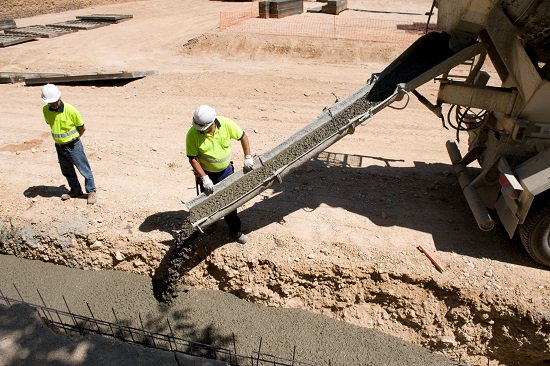 Wednesday, May 8, 2024
Wednesday, May 8, 2024  Wednesday, May 8, 2024
Wednesday, May 8, 2024 
Environmental factors, particularly hot weather conditions, affect concrete properties and the construction operations of mixing, transporting, and placing of the concrete materials.
By understanding how these factors—heat, humidity, and even wind—affect the curing of concrete, producers can adjust mix designs and compensate in a variety of other ways to maintain high-quality standards and avoid issues with the finished product.
The ACI defines hot weather concreting as: “One or a combination of the following conditions that tends to impair the quality of freshly mixed or hardened concrete by accelerating the rate of moisture loss and rate of cement hydration, or otherwise causing detrimental results: high ambient temperature; high concrete temperature; low relative humidity; and high wind speed.”
The calendar doesn’t always decide when it’s “hot weather”—climatic conditions of high winds, low relative humidity, and solar radiation can occur any time, especially in warmer climates. Not only that, failure to manage these conditions can make your pours challenging—and expensive. Read on for five ways that hot weather can impact your profit, and what you can do to work around it to maintain profitability.
The problem: Increased water demand
The impact on your profits: Additional water costs, both in supply and trucking
The solution: Fly ash, slag cement and calcined clay all react more slowly than portland cement and evoke less heat. That means they’re less susceptible to rapid setting, and are also less adversely affected by elevated-temperature curing. CarbonCure injects carbon dioxide (CO2) into fresh concrete while it’s being mixed. Once injected, the CO2 chemically converts into a mineral, which permanently eliminates the CO2 and actually improves the concrete’s compressive strength. This enables concrete producers to safely reduce the cement content in concrete mix designs— in turn reducing the risk of using more water for a higher-cement mix.
Keep reading this blog on CarbonCure.com